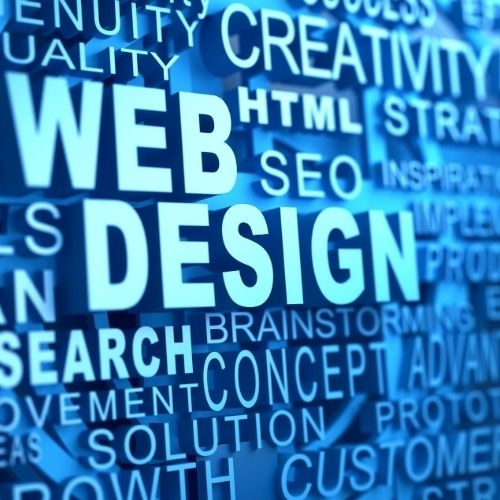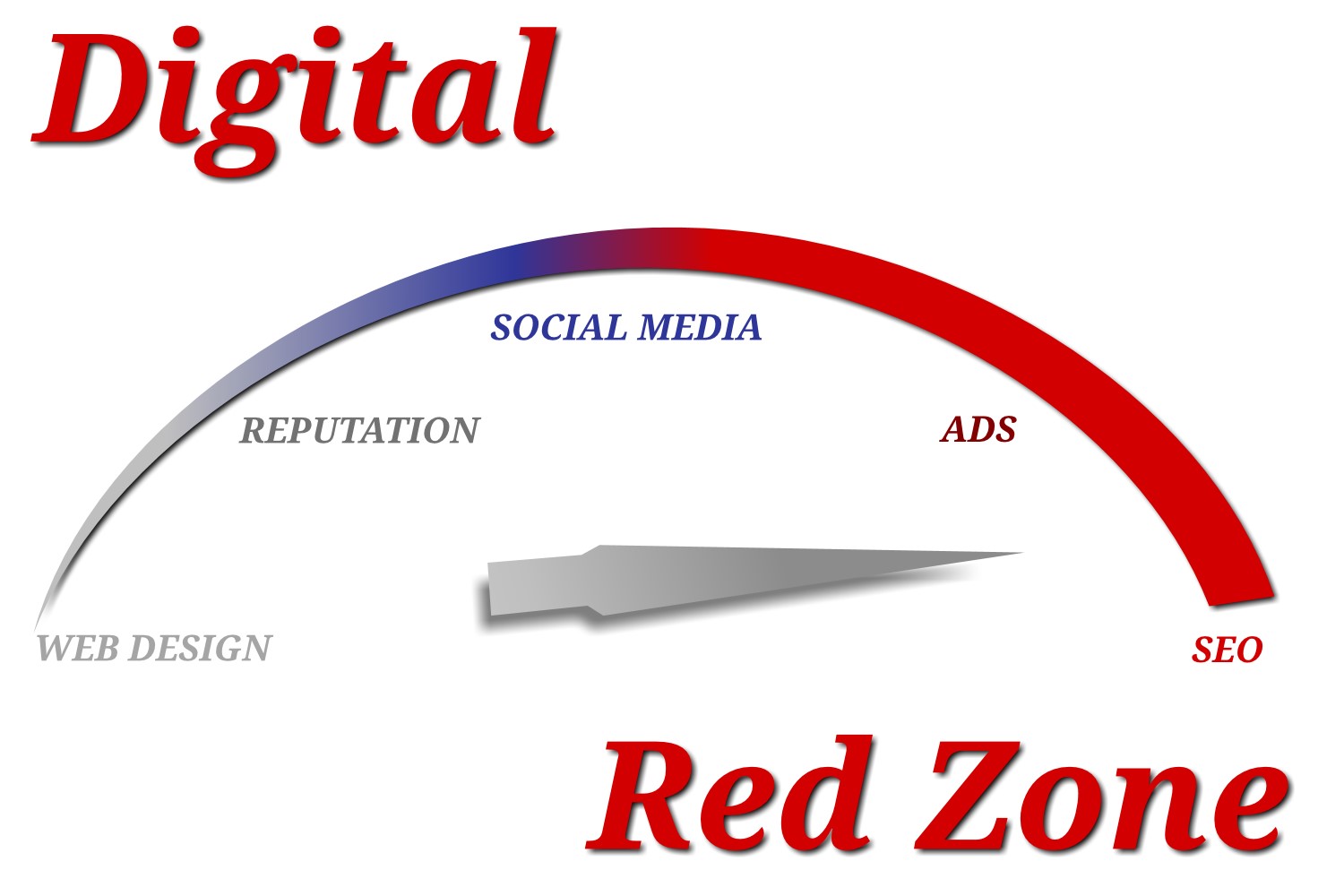What Does Good Web Design Entail?
Good web design combines aesthetics, usability, functionality, and alignment with the brand's message. Here's a comprehensive breakdown of what good web design entails:
- AestheticsColor Palette: Use colors that resonate with your brand and audience, ensuring enough contrast for readability.
- Typography: Choose readable and web-safe fonts. Ensure there's a hierarchy using type size, weight, and color.
- Images and Multimedia: Use high-quality images, videos, and other media. Ensure they are relevant and optimized for quick loading.
- Whitespace: Space elements appropriately to give a clean, organized look, aiding readability.
- Usability and User Experience (UX)
- Navigation: Navigation menus should be intuitive and easily accessible. Use clear labels.
- Mobile Responsiveness: The design should adapt to various screen sizes and devices, offering a consistent experience.
- Load Time: Design elements should be optimized for quick loading.
- Cohesiveness: Consistent use of colors, fonts, and other design elements ensures a harmonious and professional look.
- Clear Calls to Action (CTAs): Users should easily identify what action to take, whether signing up, buying, or reading more.
- Functionality
- Interactivity: Elements like buttons and forms should work flawlessly.
- Browser Consistency: The website should look and function consistently across browsers.
- Error Handling: Users should receive clear messages if there's an error, guiding them on what to do next.
- Integration: If your website uses third-party tools (like e-commerce platforms, booking systems, etc.), they should be seamlessly integrated.
- Alignment with Brand and Message
- Brand Consistency: Logos, colors, and messaging should be consistently presented.
- Purposeful Layout: Each section of the website should serve a clear purpose, supporting the overall message and goal of the site.
- Search Engine Optimization (SEO) Friendly
- Semantic HTML: Properly use HTML tags to indicate headings, emphasis, and other content structures.
- Alt Text for Images: All images should have descriptive alternative text for accessibility and SEO.
- URL Structure: URLs should be structured logically and be easily readable.
- Fast Loading Speed: Optimize design elements for quick loading, which affects SEO rankings.
- Accessibility
- Alt Text and Descriptive Labels: Apart from images, form fields, and interactive elements should have descriptive labels.
- Keyboard Navigation: Users should be able to navigate the website using only the keyboard.
- Readable Text: Ensure the text contrasts well against its background and is readable by everyone, including those with vision impairments.
- Understandable Content Structure: Using elements like headings, lists, and links appropriately makes content more understandable.
- Security
- Especially for websites that handle user data, good web design also factors in the secure design and the use of trusted protocols to ensure user data protection.
Good web design is holistic. It's not just about aesthetics but also about creating an efficient, user-friendly, accessible, and effective environment for users while aligning with the website's objectives and the brand's message. Good web design also means changing with new technology and trends.

